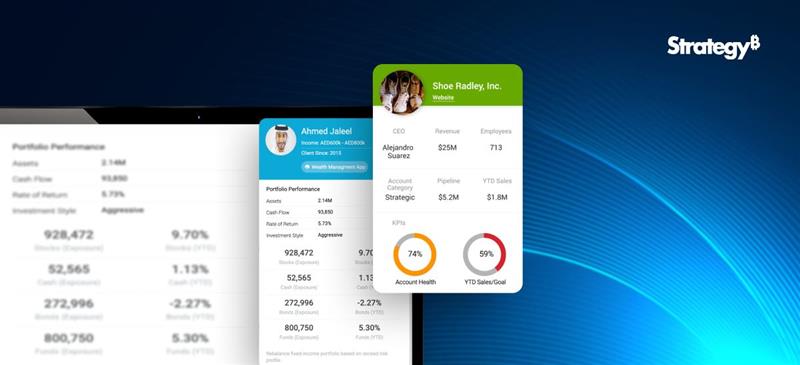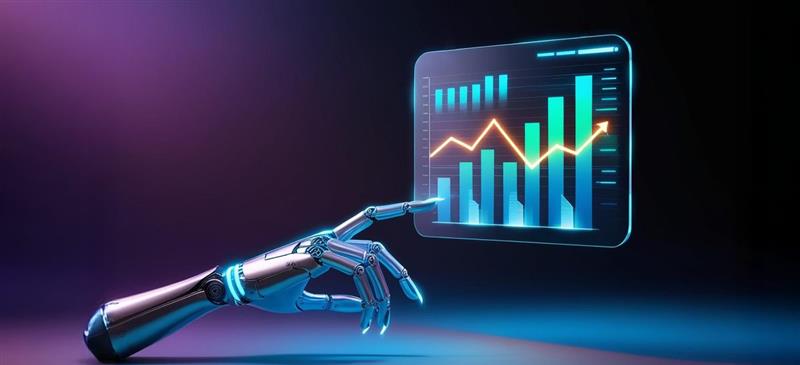What could be the Cloud computing trends to look forward to in 2023? Let’s have a look
- Utilising Edge Computing
- AI and ML Services
- Disaster Recovery
- Multi and Hybrid Cloud Solution
- Cloud Security and Resilience
- Cloud Gaming
- Kubernetes and Docker
- Serverless Computing
- Blockchain
- Metaverse
- IoT
Let’s deep-dive:
1. Utilising Edge Computing
In the world of cloud computing, edge computing is one of the most popular trends. Here, data is evaluated geographically nearer to its source and stored and processed at the network’s edge. As modern internet technologies emerged, the internet speed has helped in reducing latency, technologies such as 5G is used more frequently, and processing can be done swiftly. Greater privacy, quicker data transmission, security, and improved efficiency are just a few of the primary advantages of edge computing. Edge computing is expected to be at the core of every cloud strategy in 2023, making it the most important development in this area.
2. AI and ML Services
Two technologies that are closely related to cloud computing are artificial intelligence and machine learning. Due to the volume of data processed for the machine to learn patterns, this area demands faster processing and abundant storage requirements for training algorithms and data collection respectively. Due to the availability of virtually infinite computational capability, on-cloud AI and ML services are more cost-effective on the cloud. Cloud computing is used for handling enormous amounts of data to raise productivity at tech firms. Increased self-learning and automation capabilities, improved data security, and more individualised cloud experiences are the main trends that are most likely to arise in this fiel
3. Disaster Recovery
The ability to have a DR site in a geographically remote area helps to quickly restore vital services in the event of a natural or man-made disaster. It describes the process of employing cloud-based resources to recover from a disaster in the event such as power outages, data loss, or device failure/problems.
4. Multi and Hybrid Cloud Solution
Many businesses have embraced a multi-cloud and hybrid IT approach that mixes legacy platforms, on-premises, dedicated private clouds, and several public clouds. They provide a mix of public and private clouds tailored to the requirements of particular firms where several business drivers matter for instance like those of insurance, banks, etc. Multi-cloud and hybrid cloud solutions will thus be among the most popular cloud computing trends in 2023 and the years to come.
5. Cloud Security and Resilience
When companies shift to the cloud, there are still several security vulnerabilities. Investment in cyber security and building resilience against everything from data theft to the consequences of a pandemic to global trade will become more crucial and major variables in the coming years. The use of managed “security-as-a-service” providers, AI, and predictive technologies will increase in 2023 as a result of this trend to identify risks before they result in problems. Studies say that leading vendors of cloud computing invest over a billion dollars every year to protect their customers’ data.
6. Cloud Gaming
Cloud gaming platforms operate similarly to remote desktops and video-on-demand services; games are stored and executed remotely on a provider’s dedicated hardware and streamed as video to a player’s device via client software. It can be advantageous as it eliminates the need to purchase expensive computer hardware or install games directly onto a local game system. Cloud gaming can be made available on a wide range of computing devices, including mobile devices such as smartphones and tablets, digital media players, or proprietary thin client-like devices.
Microsoft, Sony, Nvidia, and Amazon all offer video game services. But video game streaming requires more data and is only doable with fast internet. With the launch of 5G in 2023, the cloud gaming sector will grow significantly.
7. Kubernetes and Docker
The main trend is the growing use of container orchestration tools like Kubernetes and Docker. Large-scale deployments that are extremely scalable and effective are made possible by this technology. These are expandable, open-source platforms that manage services and workloads from a central location while running applications from a single source. Both platforms offer high scalability and efficiency. Over the following several years, Kubernetes and Docker will continue to play a significant role in cloud computing trends as they are developing quickly.
8. Serverless Computing
Because of the advent of the sharing economy, serverless computing entered the computing sector. Instead of being deployed on physical servers in this case, compute resources are offered as a service. This indicates that instead of needing to maintain its servers, the company only pays for the resources it uses. Additionally, serverless cloud solutions are growing in popularity because of how simple they are to use and how rapidly one can design, deploy, and expand a cloud solution. Overall, this technology is a trend that is just starting and is becoming more and more popular.
9. Blockchain
Blockchain, which users continue to follow more and more, is a connected list of blocks containing records. Blocks of data are stored using cryptography. It has outstanding decentralisation, security, and transparency. In conjunction with the cloud, it is currently utilised more frequently. It can securely and affordably process enormous volumes of data and regulate documents. For many industrial applications, the new technology is beginning to hold out a great deal of promise.
10. Metaverse
The days are not long for the Metaverse and cloud computing to become inextricably linked to each other. The metaverse will compel businesses to migrate to cloud infrastructures to host their virtual worlds. Massive amounts of workloads will be migrated, paving the path for even more innovations to model their virtual worlds. Considering the difficulties of building a metaverse without highly available and scalable premises and hosting grounds, the adoption of cloud computing will be inevitable. As more layers of complexity will be added to the metaverse as it matures, the need for a strong foundation to support the whole thing and to deliver a flawless user experience with no backend issues will arise. Consequently, cloud providers engaged in the metaverse will create metaverse-compatible solutions to assist businesses in quickly establishing their virtual space.
11. IoT
In the realm of cloud computing, IoT is a well-known trend. Connectivity between computers, servers, and networks is maintained by this technology. It performs the role of a middleman, guarantees effective communication, and helps gather data from distant devices. Due to the enormous data produced by IoT devices, it requires many terabytes of storage. Since the cloud, the storage of data has become cheaper. In recent years storing and processing machine-generated data has become relatively easier. In the coming years, businesses would be able to efficiently analyse data from IoT devices and make informed decisions.
Summing Up
Even though cloud computing has been present for more than a decade, its popularity has skyrocketed in recent years. Given this growth trajectory, cloud computing is on track to become the most discussed technology in 2023. Recent studies show that by 2028, the cloud computing market is anticipated to be worth more than $1 trillion. Being the game changer, its impact will grow along with the adoption in the coming years too.
Beinex Offerings
Beinex is all about transforming the way organizations work with data to bring out the best in Business, Technology and People. Our association with Snowflake, a leading cloud-first data warehouse service, is a partnership that we leverage to support the data analytics solutions that we offer our clients.




